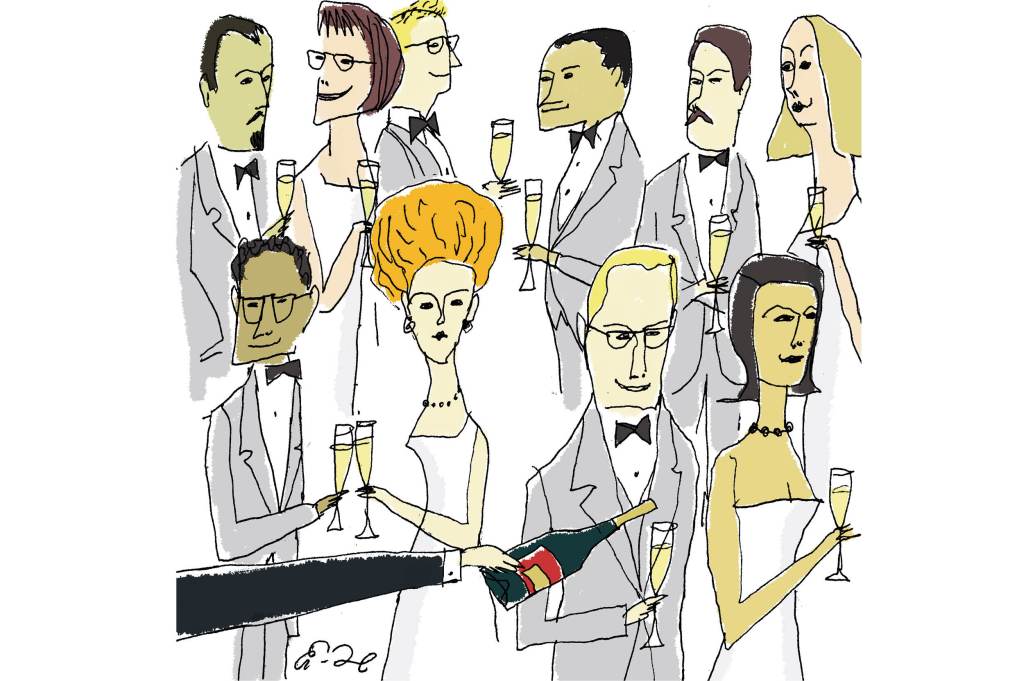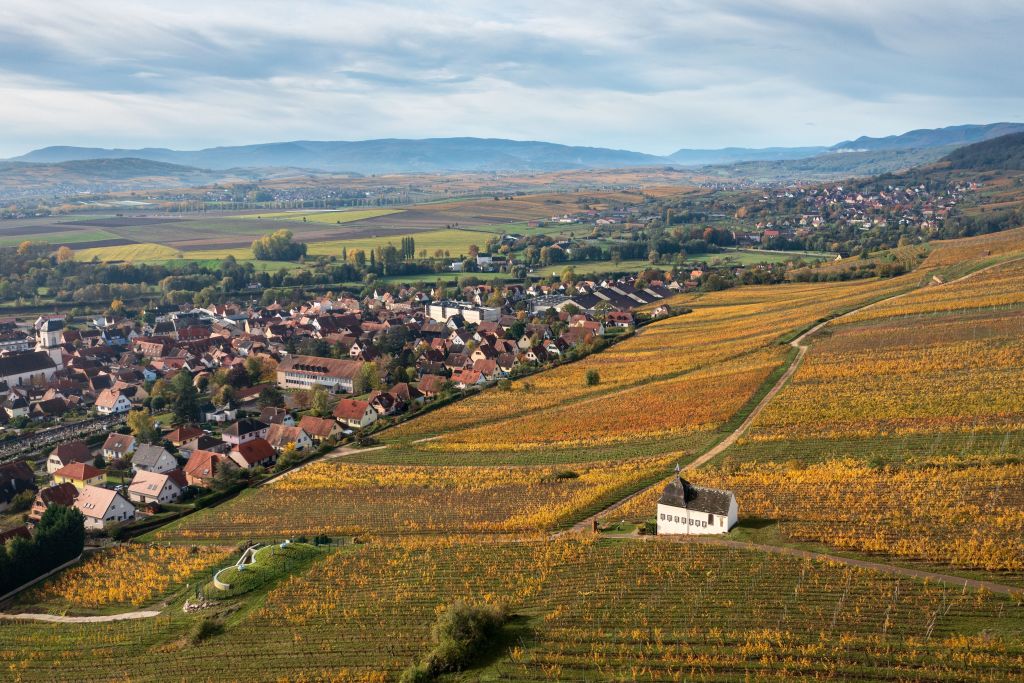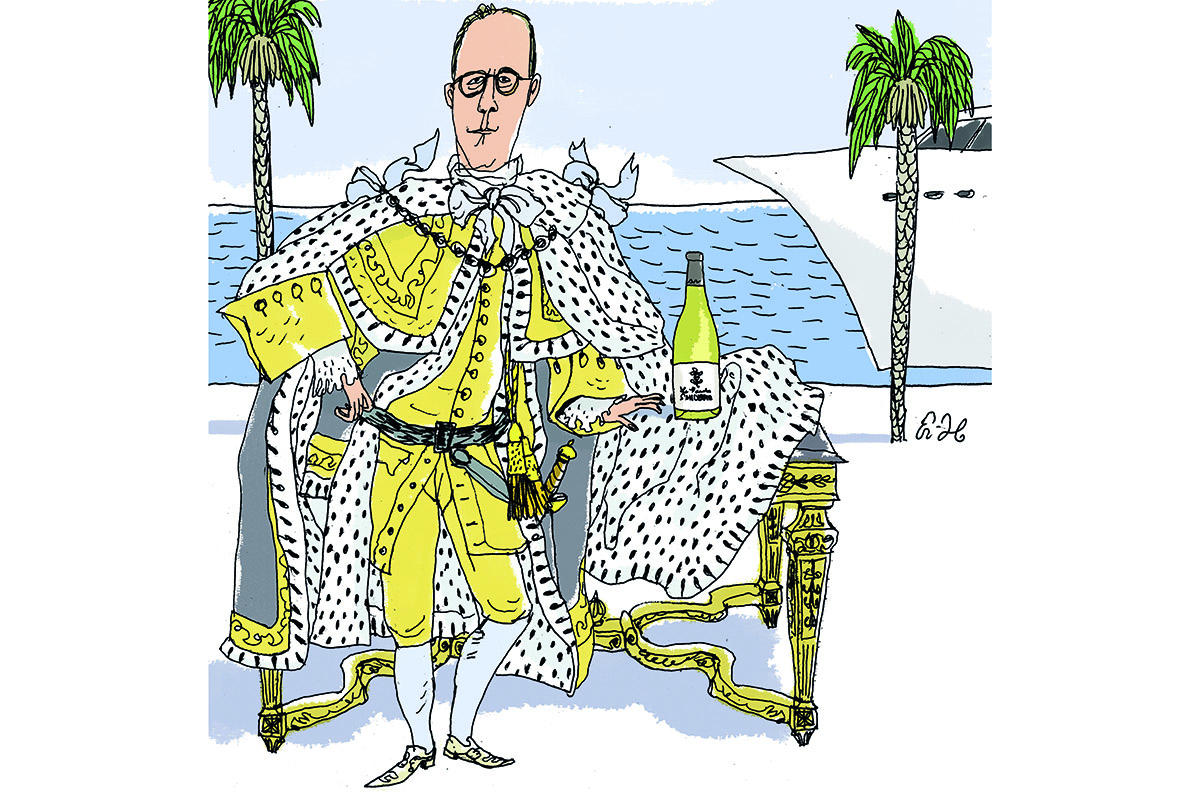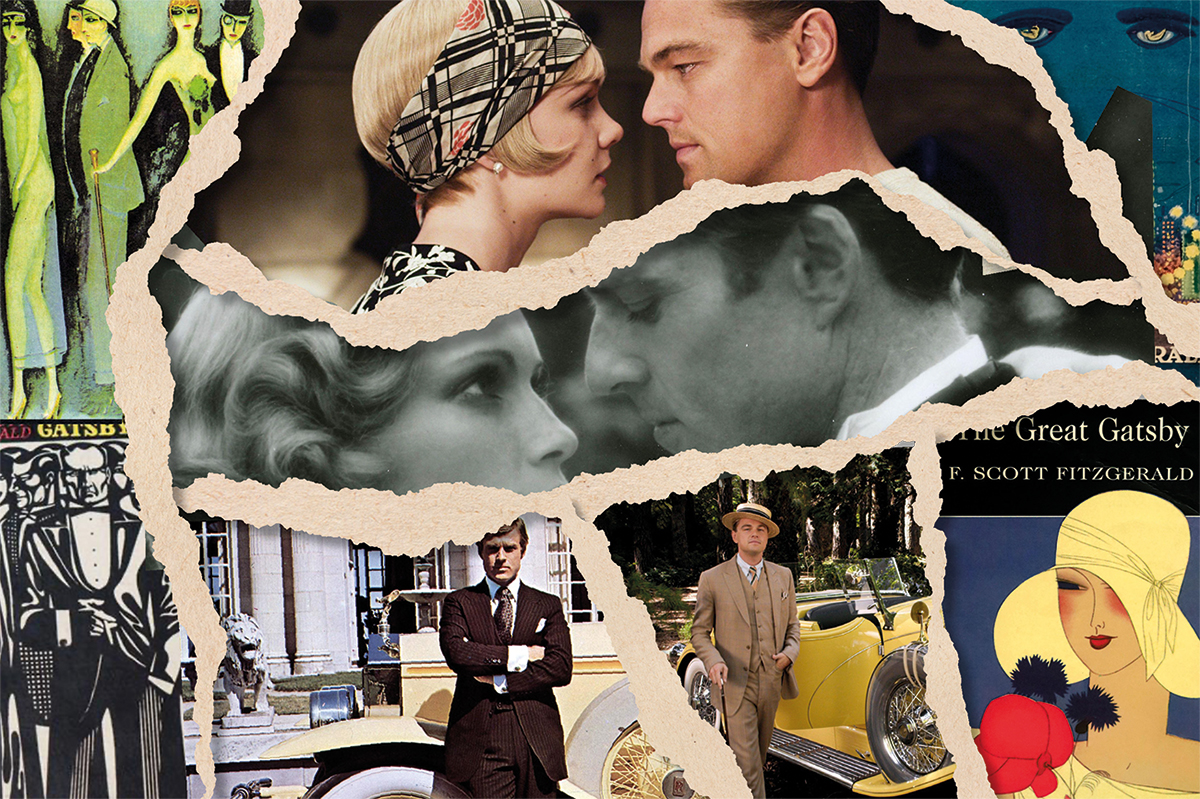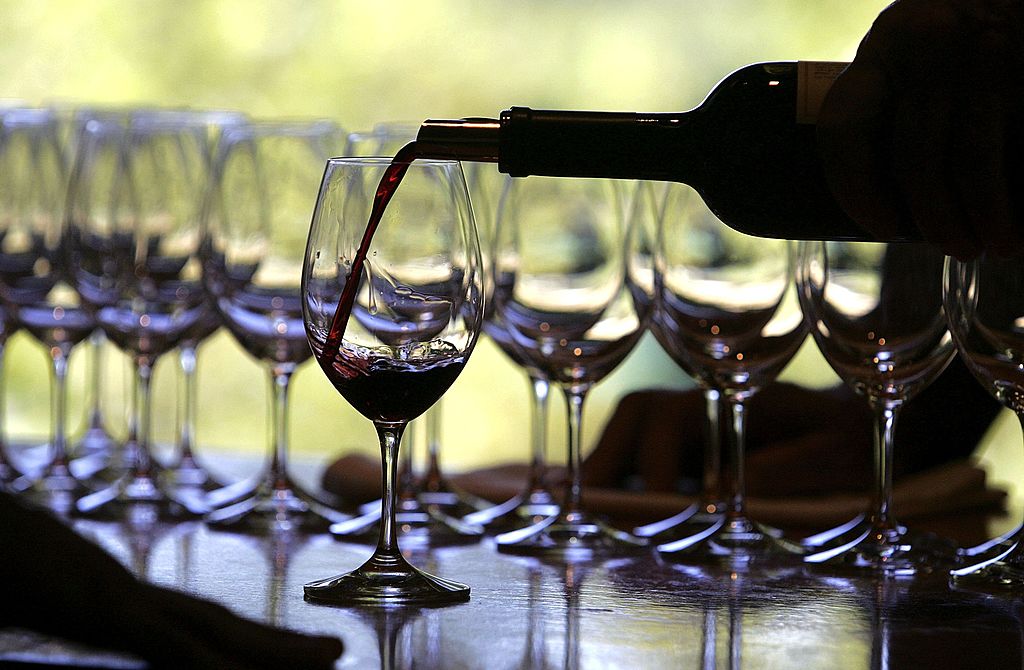From the beginning, Champagne has never been just a drink, or a region: it’s a celebration, an occasion, a trophy, a reward; a symbol of joyful decadence and glamorous debauchery; the overflowing drink of the American Dream.
In short, it’s a boozy cheat sheet for the zeitgeist and the anxieties and dreams of the people who sip it. And, for the past seventy-five years or so, that zeitgeist has been driven by the United States.
“American culture pervades everything,” says Christian Holthausen, a dual French-American citizen and founder of the Paris-based Champagne consulting firm Westbrook Marketing Partners. “Driving through Paris just now, I saw a Coca-Cola machine on one street, and a billboard for Apple on the next. From technology, to movies, to rock, pop and fashion, the US defines culture. Champagne producers are particularly adept at understanding and responding to that.”
American Champagne sales have grown over the decades, and the US has become the wine’s largest export market. Last year, Americans guzzled close to $1 billion worth of the stuff, according to Comité Champagne.
It’s been an odd, long journey,though. When the United States was still centuries away from its rough-and-tumble conception, Champagne was — dommage — sans bulles.
Champagne came to the world’s attention in 481, when Clovis I became the first king of the Franks, managing to unite disparate tribes under one ruler. In 496, he converted to Christianity and was baptized near Reims on Christmas Day. Since then, Reims — and Champagne, where that fair northern city is located — have been intrinsically connected to French history. Thirty-three kings of France were crowned there, and since 987, when Hugh Capet threw a post-coronation party pepped up on local wine, Champagne became central to formal and informal royal and diplomatic celebrations.
At that point, the wine of Champagne was still and light pink, made from Pinot Noir, and it was a Benedictine monk, in 1668, who would kick off the Champagne party as we know it today. Dom Pérignon introduced the second fermentation of wine in the bottle (creating the signature bubbles) and turned from red wine to white, made from blue grapes — Blanc de Noirs.
Already long a status symbol, Champagne officially became an opportunity to flex — even for revolutionaries — thanks to Napoleon. “Anyone who wanted to be associated with royalty and authority wanted to be associated with Champagne essentially since the country was born,” says Holthausen. “Napoleon, a usurper of power and a revolutionary, loved being seen with a bottle in his hands.”
Cavalry officers in his army often celebrated victories from horseback, by cutting the necks off bottles of bubbly, launching the trend of sabrage that continues — today among TikTok influencers — of status-obsessed show-offs or committed fun enthusiasts chopping the tops off their bottles of Cristal on mountain peaks, tropical islands and recherché châteaus.
Champagne’s first official foray into the US came courtesy of the colorful Charles Camille Heidsieck — dubbed “Champagne Charlie” — who founded his eponymous house in 1851. Having established a New York importing company, he hit the road, selling Champagne as both a drink and a symbol of success; and it worked. By 1861, he’d reportedly sold 300,000 bottles — though this was a mixed blessing during the Civil War, when unpaid invoices mounted, and he was temporarily imprisoned in Louisiana as an accused Confederate spy.
Despite this setback, he’d set the template for America’s complex, enthusiastic, always tasty, but not invariably tasteful love affair with bubbles.
“Today, if you go to any restaurant in the US and order Champagne, whether you’re in a major city or tiny town, the server will ask ‘What are we celebrating tonight?’” Holthausen says. “That may be in part because of the price. But if you’re at a top restaurant and order a bottle of Barolo or a Napa Cab for twice what you paid for the Champagne, you won’t get that question.”
Perhaps because of its association with effortless class and jubilant celebration, it became affixed to much of the louche, decadent side of American culture.
The Kennedys were avid Francophiles; Dom Pérignon flowed like water at White House dinners and was served at JFK’s last birthday party, on a yacht cruising down the Potomac, as he reportedly romanced the wife of a journalist while Jackie and yet another paramour stood by.
The thrice-divorced Marilyn Monroe — who may or may not have romanced the president, and his brother — loved starting the day with a glass of Piper-Heidsieck. She said it warmed her body, and once took a bath in 350 bottles-worth. If Napoleon was the first person who leveraged Champagne to flex, Marilyn was the first to (publicly) use Champagne to seduce and transfix; and Champagne producers were as enraptured as everyone else.
Of course, for many young Americans, Champagne isn’t cool because Clovis got crowned in Reims, it’s because Puff Daddy, Biggie, Jay-Z, Dame Dash and Nas schooled them about it on Yo! MTV Raps. “Sippin’ Cris’” slips off the tongue and defines the aspirations of a certain group of millennials or Gen Zers as easily as “Champagne wishes and caviar dreams” do for boomers.
Lady Gaga — another stalwart Champagne booster — recently collaborated with Dom Pérignon on an exceptional artistic performance-cum-campaign choreographed by Sidi Larbi Cherkaoui. In 2021, Dom released a limited-edition jeroboam rosé 2005 designed by Gaga and fashion director Nicola Formichetti. But Dom wasn’t just buying association with her fame and fashion, but signing on to her advocacy for LGBTQ rights: it isn’t enough to just be luxurious; these days, you have to show you care.
That may be why Leonardo DiCaprio — noted lothario, dumper of women over twenty-five, lover of yachts and private jets (though he recently began flying commercial) and struggling environmentalist — has invested in Telmont Champagne. It’s sustainable, you see.
“Champagne Telmont, together with its partner winegrowers, has set its sights on producing 100 percent organic Champagne, ensuring a completely sustainable production lifecycle in the coming years,” said DiCaprio in a press release announcing his investment. “From protecting biodiversity on its land to using 100 percent renewable electricity, Champagne Telmont is determined to radically lower its environmental footprint, making me proud to join as an investor.”
If you’re dubious, you’re not alone, but they do make the lightest Champagne bottles on the market, reducing their carbon footprint. This is a notoriously rigorous third-party certification which shows a company’s entire chain — from seed to sip — is environmentally and socially conscious.
“It’s ironic, though,” Holthausen notes. “As over-the-top as Champagne is when it comes to its presentation and consumption, the place itself is incredibly down to earth. We get a lot of American visitors who are expecting it to be black tie, sequins and limos, but when they get here, it’s very laid back. Vintners want to talk about why they’re abandoning herbicides, not caviar and yachts.”
Maybe Leonardo’s enthusiastic embrace of yahoo party time and long-term sustainability is actually, at its core, closer to what Champagne most truly is: a product of careful farming, rarefied terroir and time-honored technique — that just happens to sparkle. And as the American Dream evolves — there is still space for the occasional Gatsbyesque hedonism, as long as it’s inclusive, respectful and earned — it seems that Champagne and America is a love story without end.
This article was originally published in The Spectator’s October 2023 World edition.



